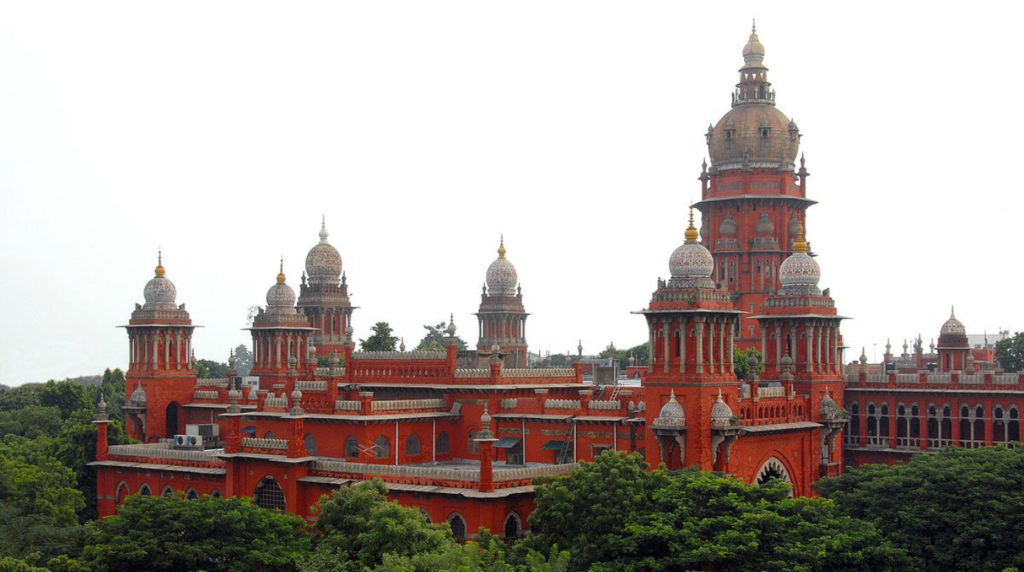About 80 Lakh Court cases are pending for more than 5 years

[orc]As per the latest data available with the government, more than 80 lakh cases are pending for more than 5 years with various courts in the country. 43% of all the pending cases in High Courts are pending for more than 5 years.
As Factly reported earlier, it would take more than 10 years to dispose all pending cases in District courts at the current rate. As per latest available data with the government, close to 80 lakh cases are pending for more than 5 years at all levels as of 31st December, 2015. More than 62 lakh of these cases are pending at the district and sub-ordinate level while more than 16 lakh cases are pending at the High Court level.
16.6 lakh cases (43%) are pending for more than 5 years in High Courts
27184 cases are pending in the Supreme Court for more than 3 years as on 15th July, 2016. In the High Courts, a total of 38.7 lakh cases are pending as on 31st December, 2015. Out of these, 7.45 lakh are pending for more than 10 years and 9.19 lakh are 5 to 10 years old. Out of the 7.44 lakh cases pending for more than 10 years across the various High Courts, 3.11 lakh are pending in Allahabad High Court alone. In fact, High Courts in Allahabad, Calcutta, Orissa, Rajasthan and Bombay make up for more than 2/3rd of the cases pending for more than 10 years. They also make up for more than 60% of all the cases pending for more than 5 years. Close to 62% of the cases are pending for more than 5 years in Allahabad High Court followed by the Calcutta High Court with more than 59% of the cases pending for more than 5 years.
Of all the High Courts with more than 1 lakh pending cases, only Karnataka High Court has less than 15% cases pending for more than 5 years and all the High Courts except for the ones in Karnataka and Patna have more than 30% cases pending for more than 5 years. In fact, Karnataka High Court has only 10.9% cases pending for more than 5 years. The High Courts in Manipur, Tripura, Meghalaya and Sikkim have less than 5% of the cases pending for more than 5 years.
23.2% of the cases are pending for more than 5 years in District/Subordinate courts
Of the 2.7 crore odd pending cases in various District/Subordinate courts in the country, 62.8 lakh (23.2%) are pending for more than 5 years. District/Subordinate courts in the states of Uttar Pradesh, Gujarat, Maharashtra, Bihar, Orissa, West Bengal and Rajasthan make up for more than 90% of all the cases pending for more than 10 years. They also make up for more than 83% of all the cases pending for more than 5 years. More than 30% of all the pending cases for more than 10 years across the country are from Uttar Pradesh alone, while more than 25% of all the pending cases for more than 5 years are also from Uttar Pradesh.
Of all the states with more than 10 lakh pending cases in District/Subordinate courts, only the courts in Kerala have less than 10% cases pending for more than 5 years. Further, courts in Karnataka, Madhya Pradesh, Andhra Pradesh and Telangana have less than 15% cases pending for more than 5 years. District/Subordinate courts in Sikkim, Haryana, Arunachal Pradesh, Mizoram, Chandigarh and Punjab have less than 5% of the cases pending for more than 5 years.
‘Rate of Disposal Method’ awaits implementation
The government acknowledges the following as some of the major factors responsible for pendency of cases in various courts
- Increasing number of state and central legislations
- Accumulation of first appeals
- Vacancies of Judges
- Appeals against orders of quasi-judicial forums going to High Courts
- Frequent adjournments
- Lack of adequate arrangement to monitor, track and bunch cases for hearing.
The Supreme Court, in the case of Imtiyaz Ahmed Vs State of Uttar Pradesh & Others, asked the Law Commission of India to evolve a method for scientific assessment of the number of additional courts to clear the backlog of cases. The Law Commission in its 245th Report recommended ‘Rate of Disposal Method’ for calculating adequate judge strength for District and Subordinate Courts.
According to the report of the Law Commission of India, the Rate of Disposal Method can be applied to provide for two sets of judges namely,
- Number of judges required to dispose of the existing backlog and
- Number of judges required for ensuring that new filings are disposed of so that further backlog is not created.
Under the Rate of Disposal Method, one first looks at the current rate at which judges dispose of cases. Next one determines how many additional judges working at a similar level of efficiency would be required so that the number of disposals equals the number of new filings in any one year time frame. As long as the filing and disposal levels remain as they currently are, the Courts would need these many additional judges to keep pace with new filings in order to ensure that newly instituted cases do not add to the backlog. This method is yet to be implemented since the matter is sub-judice before the Supreme Court.
Featured Image: Chennai High Court By Muhammad Mahdi Karim[CC BY-SA 2.0]